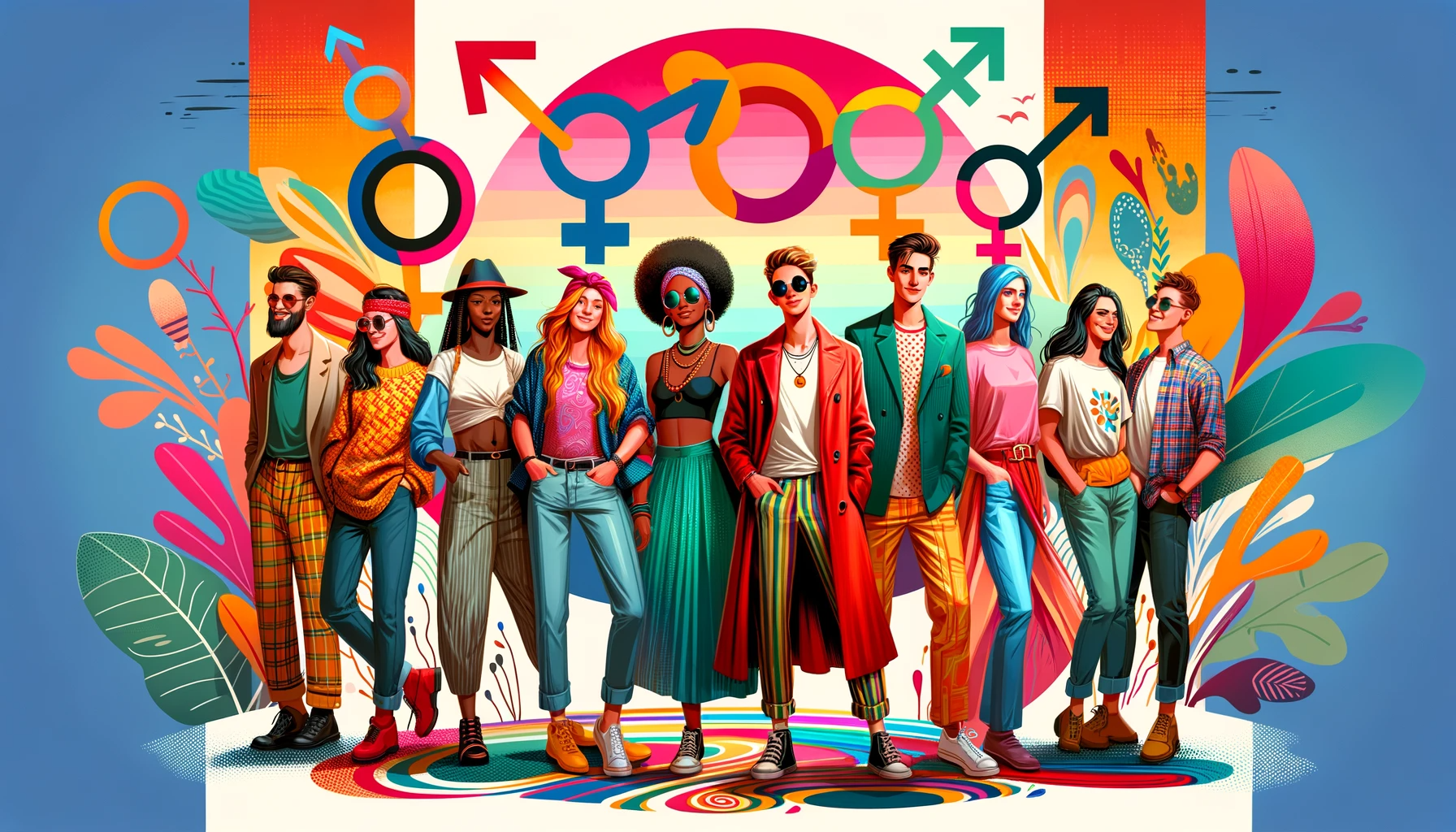Gender diversity, once a taboo subject, has in recent years moved to the forefront of social, political, and scientific dialogue. It encapsulates the broad spectrum of gender identities that go beyond the traditional binary of male and female, including identities such as transgender, genderqueer, genderfluid, non-binary, and more1. The recognition and acceptance of gender diversity is a critical part of our evolving understanding of human rights, self-identity, and social inclusivity.
As our understanding of human identity has evolved, it’s become clear that gender is not simply a biological construct, but a complex interplay of biology, identity, culture, and personal experience2. A key aspect of this understanding is acknowledging and respecting each individual’s self-identified gender, an integral component of personal identity.
Historically, societies have struggled with gender diversity, often due to misconceptions, lack of understanding, or societal norms and pressures3. However, the growing recognition of gender diversity represents a positive shift towards acceptance and inclusivity. Increasingly, communities, organizations, and governments are making efforts to recognize and accommodate diverse gender identities. In many places, legal protections have been established to guard against discrimination based on gender identity4.
Educational initiatives are critical for increasing understanding and acceptance of gender diversity. From inclusive sex education in schools to diversity training in workplaces, we have the opportunity to create a society where every individual is valued and respected for who they are5.
As we celebrate Pride Month, it is important to remember that gender diversity isn’t just about acceptance – it’s about respect, equality, and love. Recognizing and respecting gender diversity doesn’t diminish our identities – it enriches them. It is a testament to the breadth of human experience and the boundless potential of the human spirit.
As we look towards the future, let us strive for a world in which everyone’s gender identity is respected and valued. A world where every individual has the freedom to express themselves as they truly are.
References:
Footnotes
- Norton, A. T., & Herek, G. M. (2013). Heterosexuals’ attitudes toward transgender people: Findings from a national probability sample of U.S. adults. Sex Roles, 68(11-12), 738-753. ↩
- Fausto-Sterling, A. (2000). Sexing the body: Gender politics and the construction of sexuality. Basic Books. ↩
- Meyer, I. H. (2003). Prejudice, social stress, and mental health in lesbian, gay, and bisexual populations: conceptual issues and research evidence. Psychological bulletin, 129(5), 674. ↩
- Badgett, M. V. L., Lau, H., Sears, B., & Ho, D. (2007). Bias in the workplace: Consistent evidence of sexual orientation and gender identity discrimination. The Williams Institute. ↩
- Cahill, S., & Makadon, H. (2014). Sexual orientation and gender identity data collection in clinical settings and in electronic health records: A key to ending LGBT health disparities. LGBT Health, 1(1), 34-41. ↩


